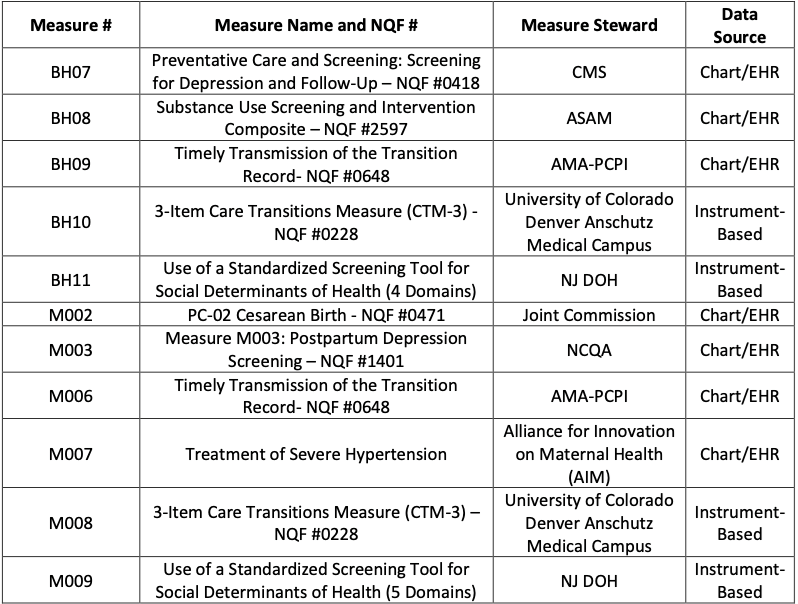For any facility looking to participate in New Jersey’s Quality Payment Program (QIP-NJ), the prospect of examining and inputting data for every single patient within each behavioral health or maternal health measure can be quite daunting, if not impossible seeming. Due to this, certain measures within these categories allow for the use of sampling to estimate quality improvement accurately and efficiently.
Measures where Sampling is Permitted
The following behavioral and maternal health measures allow for sampling:

For Behavioral Health (BH) measures, your sample is determined by the total number of individuals in the attributed population with an encounter in an appropriate setting during the Measurement Year (MY).
For Maternal Health (MH) measures, your sample is determined by the total number of attributed individuals admitted to the hospital for labor and delivery during the Measurement Year.
Sample Size
Sampling is permitted based on the volume of attributed individuals. The determination of sample size in most cases can be calculated using the following chart:

The Department of Health describes the sampling methodology as follows:
You must reach an attributed individual population size (denominator) of at least 30 patients. If a hospital is unable to reach this denominator, they may need to backfill after abstraction. Otherwise, sampling is not permitted. The process for backfilling after abstraction is as follows.
- Identify eligible population
- Remove all required exclusions
- Search chart and Electronic Health Record (EHR) systems to identify numerator events for eligible members
- For members who don’t show a positive numerator, search non-claims-based-data for exclusions
- Exclude said members from the eligible population
Sample Size Examples
These examples (based on NJDOH’s Databook) will help you calculate your sample sizes for each denominator type:
- A hospital has 600 behavioral health attributed individuals eligible for substance use screening (BH08) in MY3. According to the table above, 101 attributed individuals may be sampled.
- A hospital’s maternal health total attributed individuals is 450. Using the above table, 20% of those attributed individuals may be sampled (450*(0.20) = 90 attributed individuals)
- A hospital has 70 behavioral health attributed individuals eligible for substance use screening (BH08) in MY3. According to the table, 30 total attributed individuals may be sampled.
- A hospital has 25 maternal health attributed individuals eligible for survey during the MY. According to the above table, all attributed individuals must be reported as the denominator is below 30. No sampling is permitted.
If you’d like to learn more about the Quality Improvement Program, or need assistance in your submission, you can contact Healthcare Innovation Solutions at our QIP-NJ webpage.
